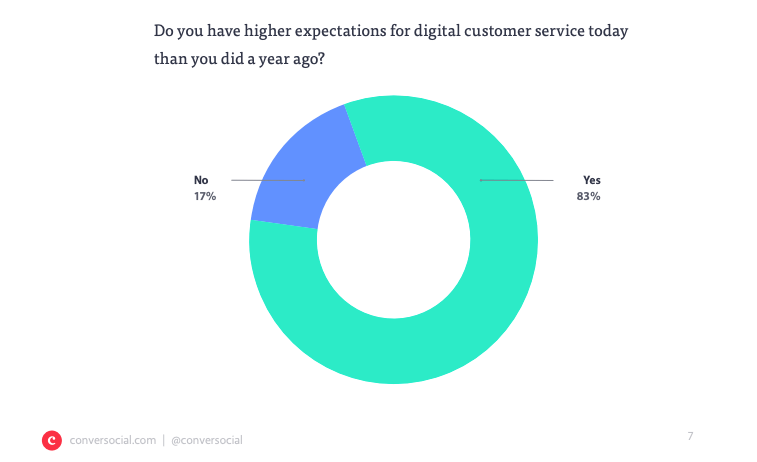
Call Center Reporting Behind Closed Doors: Why You Shouldn't Have to Pay Top Dollar to Manipulate Your Data and Get the Reports You Need
Complicated. Inconsistent. Weak. Limited. Cumbersome. Difficult. Time Consuming. Expensive.
Scanning through G2 reviews of well-known call center systems, we see these words (and dozens more) rattled off to describe call center reporting and analytics.
Contact center leaders are limited by poor functionality, complicated but shallow reports, and add-ons with a hefty price tag. And because of it, reporting is often listed in the “what do you dislike?” section of contact center user reviews.
Many vendors view reporting as something that’s extra, the whipped cream you pay more to plop on a Sundae, rather than something that’s core to their platform. (PS, that tastes like trouble, but more on that later.)
As your business needs shift and grow, vendors will change up their billing and tack on added fees before delivering more robust and customizable reports.
But your data (and the reports that help you distill it) shouldn’t be kept under lock and key. In fact, the right reports are fundamental to the success of your customer experience.
That’s why nearly 50% of contact center leaders agree their biggest concern this year is a lack of 360-view of all customers. And, the inability to provide a unified experience because of that lack of clarity.
Summed up: Call center systems need better reporting. We’re serving up four reasons why your vendors and your reporting need to work for you (not against you).
1. Your data is yours, not your vendors.
Gartner predicts by 2022, 90% of corporate strategies will see information as a critical enterprise asset and analytics will be a core competency for companies.
As market competition heats up, the importance of information and analytics will grow.
Put simply by Peter Sondergaard, Senior Vice President at Gartner, “Information is the oil of the 21st century, and analytics is the combustion engine.”
Your data is rich with intel to inform you about what your customers want and how you can get better. It’s a company asset that no competitor can replicate or use.
To keep your competitive advantage, your vendors need to be a player on your team. Holding your data safely while giving you the reigns to use it how you please. And as your contact center grows, a true team player will gladly loosen the reins to help your reach your new goals. Without charging extra for enhanced customization or functionality.
Better reporting means giving you ownership over your data. So, you have the ability to take it, distill it down into actionable insights, and share reports with any (and every) stakeholder you need.
Looking for bi-directional data sharing, real-time and historic insights, and customizable dashboards? Learn more about Sharpen Insights.
2. Without customizable reporting and a tight watch on your metrics, customer (and agent) needs slip through the cracks.
We know that, on average, 75% of customers believe it takes too long to reach a live agent. And, we know clear expectations are the most fundamental and basic employee need. Which is why agents who don’t have visibility into their metrics and progress are more likely to burnout.
But without robust reporting, you don’t know why three-quarters of customers get frustrated before getting to an agent. Is your IVR too confusing or complicated? Are too many agents out of the queue? Or, are you just that busy and understaffed?
And, without real-time analytics and wallboards, your agents can’t keep track of their daily progress. Fueling a lack of confidence and heightening the chance of burnout. All while prolonging the time it takes to solve customer problems and triggering a vicious cycle of unhappiness.
Reports with customizable variables give you the insight you need to manipulate your data and find the root cause of your most pressing problems. They give you intel to adjust call routes and train agents. They empower your agents with the know-how to self-correct when they’re off course. And, they even give you proof to fight for more budget or resources to improve your CX.
3. Your reporting is the gateway to a better CX, it shouldn’t be a limitation.
Customer expectations are on the rise. And jarringly, it now takes 12 positive customer interactions to undo the bad perception left behind by one, unresolved bad experience.

You can’t afford to wait around and see how your customer experience plays out. As a contact center leader, you take an active role (daily) to improve customer service and positively impact customer experience.
You need reports that tell you what’s working and what’s not, in real-time and historically. So you can course-correct quickly after bad interactions (to avoid repeating mistakes and making agents work 12 times as hard in the future). And, so you can spot long-term trends that need extra attention and budget.
With inherently customizable reports and visual dashboards, you can distill millions of data points into a single, panoramic view of your customers’ experience – telling a story supported by hard facts.
Advanced and actionable reporting helps you monitor certain thresholds, sentiment, and overall performance in your contact center. Then, it offers up the insight you need to improve your customer journey.
Not to mention, that improved CX and data usability will result in more revenue for your company, too.
Research out of the University of Texas found that increasing data’s usability by only 10% would result in an average revenue boost of $2 billion for Fortune 1000 companies.
4. Every contact center uses data differently. Customization should be expected, not a bonus.
Every contact center is different. And, what every contact center measures, benchmarks, and reports on should be different, too.
Out-of-the-box reports give you great templates to start, but they can’t serve the unique business needs of your contact center on their own.
Copy and pasting a report from a 20-seat contact center to your 500-seat contact center probably won’t give you the actionable business intelligence you need.
And, fighting to change variables or edit past reports shouldn’t make you feel like you’d rather pull your hair out.
To capitalize on your data and the unique story it tells, you need accessible reports that can take whatever form you need.
Need a dashboard for your agents’ performance? How about one for your customer outcomes? And, maybe another for your IVR.
Or, maybe you want to give your leaders a glance at the KPIs you track to move the needle on CSAT and your company’s growth goals.
Better reporting means demolishing the barriers between you and your contact center data. Without forking over tons of extra cash to do so.

